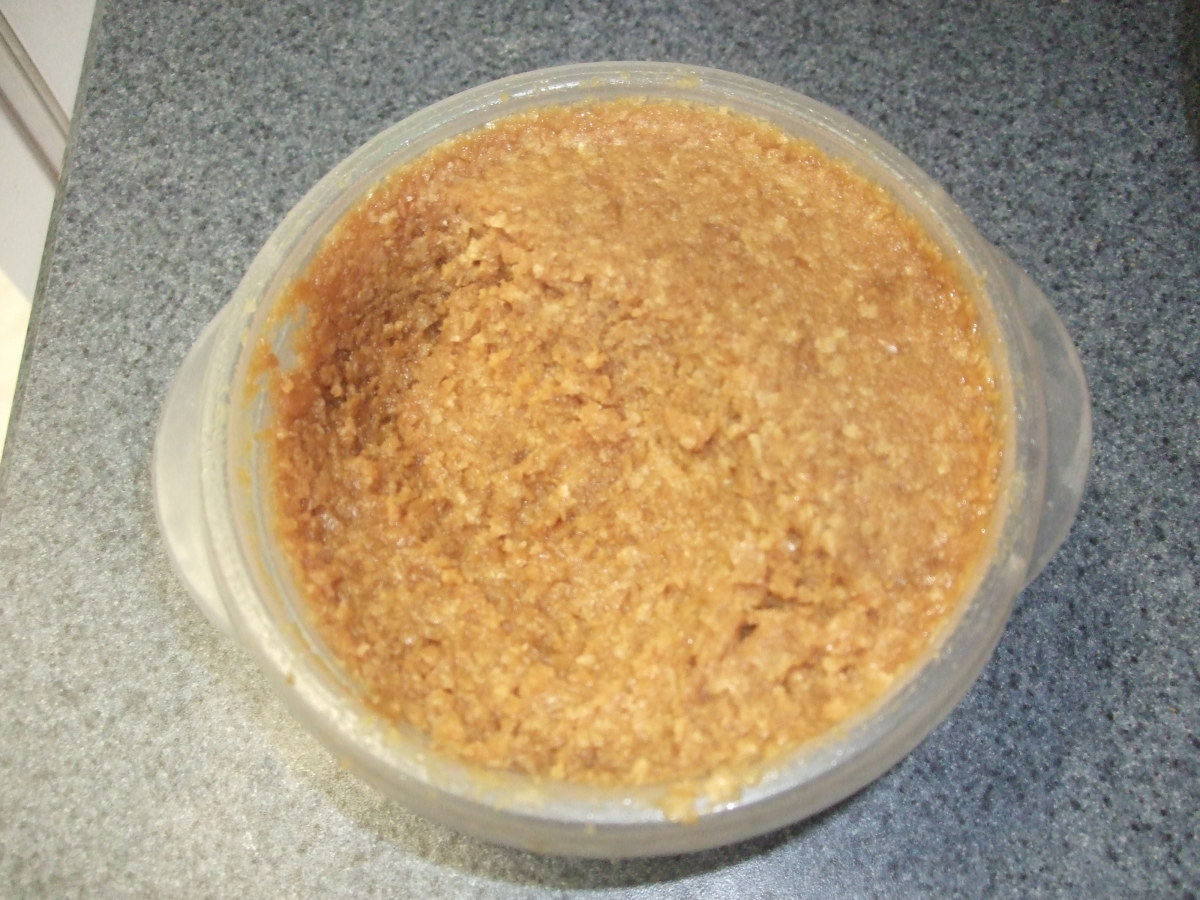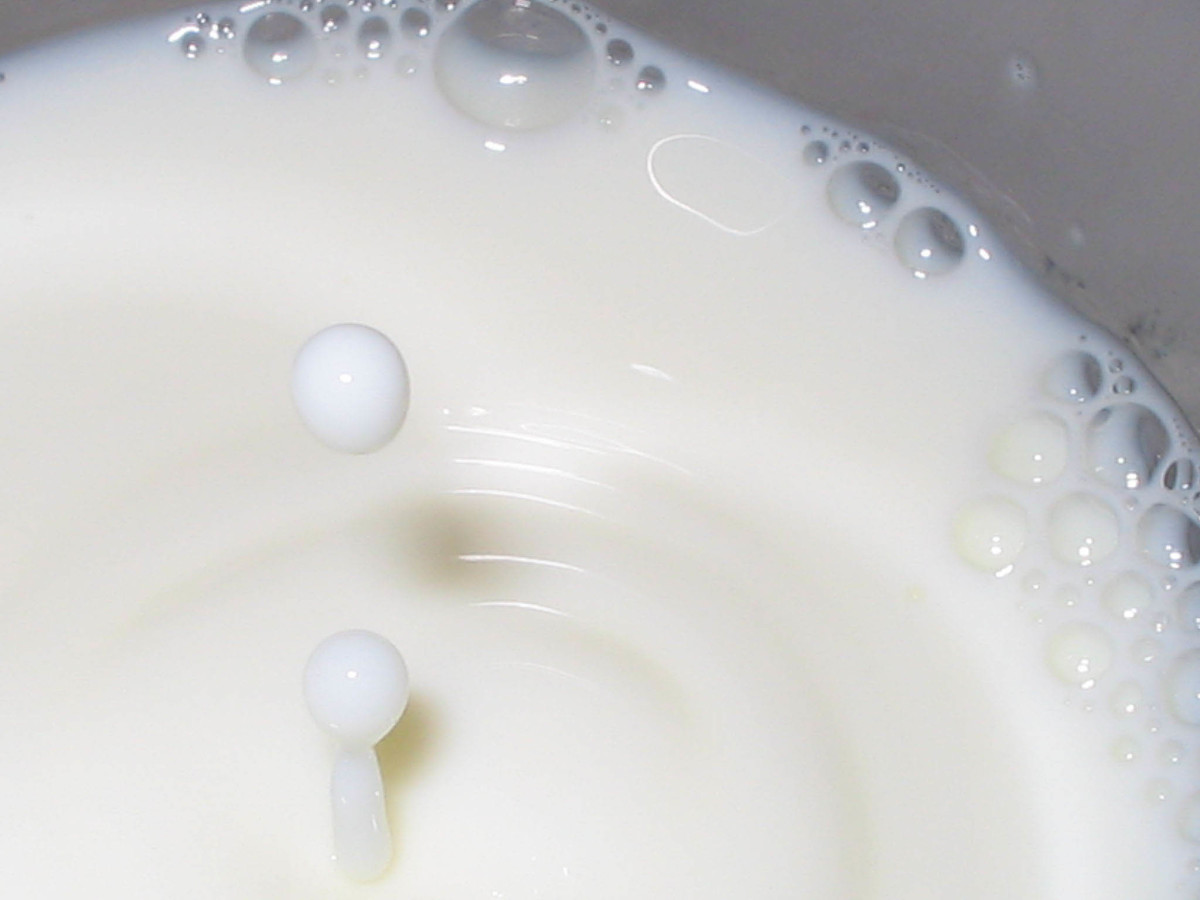How to make your own homemade mead
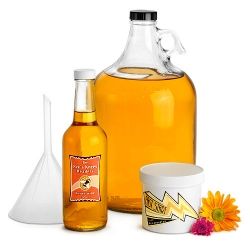
Homemade mead
Homemade mead is a great way to use honey that is left over when beekeeping or just when you crave mead!
In this article we will cover the history of mead, how to make a great homemade mead, different types of mead and more!
Join me in discovering the wonderful world of this inviting drink, known since ancient times.
If you are a beekeeper looking to expand your selection or a college student trying to create a proper reputation as a brewer, this blog is a great resource.
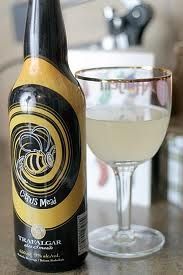
Mead, what is it?
First let us discuss mead, then make some homemade mead ourselves!
Mead is a fermented honey alchoholic beverage made from honey, water and yeast, which ferments into a sweet drink.
Mead is often confused with honey-wine which is wine sweetened with honey. The usually alchohol content of mead is about 8 to 18 percent, making it a lot stronger than beer. Some meads contain up to 75% alchohol.
Some sources refer to mead as ambrosia or nectar.
Mead has been around for a long time. Every culture has its own varieties and as you will see in the following section, the choices are many! There is little chance of ever running out of ideas to try when making your own mead.
Mead has been used because of its alcohol value (alcohol kills off microorganisms that could be dangerous), nowdays mead is used because of its effects on a person, as well as the wonderful tastes it comes in.
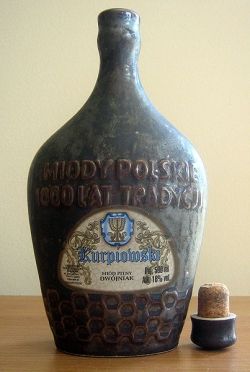
Homemade mead
Why make homemade mead?
Image source:public domain
Mead can be bought in a store. Why make one instead?
- better quality
- fun to make
- great gift if made for a person
- customisable
- leftover ingredients you have to use up
- making a name for yourself
- bragging rights!
- affordable price
Lets say a few sentances on each of the reasons to make your own homemade mead.
Quality
Most of the things you buy in stores are mass produced. The quality of such products is generally average at best. It is hard to find quality mead in a store. Deciding what ingredients to use makes the difference between a mead that you only remember because of the headache the next morning and mead, the taught of which makes your taste buds working.
Fun to make
If you are a person that is proud of your own creations, you are no stranger to making things yourself. And think of the bragging rights!
Great gift if made for a person
A gift made is worth more than a gift bought. And a quality mead makes a superb gift to anyone that appreciates quality beverages.
Customizable
Homemade mead is superbly customizable.
Like honey? Make sack mead.
Like fruity tastes? Make melomel.
The list is endless (almost). Some put rose pettals in their mead, some throw in some apple juice, some like to spice it up (literally). I will discuss some suggestions later, but homemade mead is made at home, by you, meaning it is the way you want it to be.
Leftover ingredients that have to be used up
Either you have some vintage (meaning old) honey that you have to use up, or more likely you are a beekeeper that has honey that you can not pack into glasses. Use that honey to make quality mead!
Making a name for yourself
Making any quality product makes you appreciated by others. Same or even more goes for making a great tasting alcoholic beverage to celebrate important moments with!
Price
Quality and affordable mead. Need i say more?
Types of mead - Homemade mead ideas!
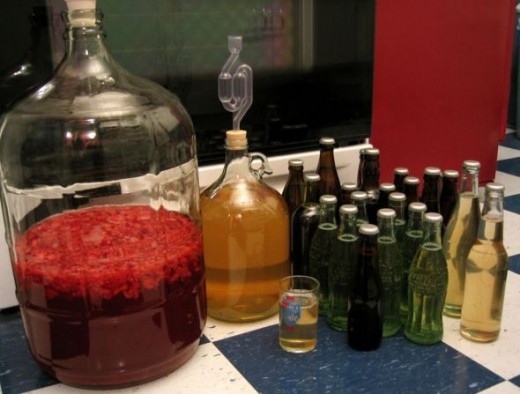
The amount of various mead types confirms our argument on how customisable mead is!
Let us look at some examples of mead.
Metheglin is a type of mead containing spices (cinnamon, nutmeg, ginger,) or herbs (hops, various teas (like chamomile) and the great smelling mead with lavender)
Melomel is a mead containing fruit, to enhance the flavor or preserve fruit
Pyment is a mead made from grape juice and honey fermented together. Pyment with verjuice (juice of unripe apples, grapes or other fruits) is called Omphacomel.
Mulled is a holiday, heated mead.
Acerglyn, made with maple syrup
Black mead made with black currant (ribes)
Braggot is made with hops
Capsicumel is a mead with chili peppers
Balche and Pitarrilla, made with bark
Chouchen made from buckwheat honey
Cyser made with apple cider
Great mead, is aged mead
Midus made with berry juice, carnation, oak acorns, poplar buds, juniper berries. Contains a lot more alchohol than your usual mead. Drink in moderation!
Morat made with mulberries
Oxymel, made with vinegar
Pitarrilla, made with various parts of roses. Beautiful.
Sack mead, made with additional (more than average honey). The result is a sweet mead.
Sima Finnish mead made with lemon
Viking blood is a mead fermented with cherry juice. For those viking fans out there!
White mead is mead made white with various means (adding egg shells, herbs)
Quite a list isn't it?
Find mead making books - Homemade mead books found online.
If you want to learn more on meadmaking, a book on it might prove useful (if you want to master it). See below for books on meadmaking, available at Amazon.
Ingredient number one:honey - Homede mead ingredient number one!
Honey comes in a variety of forms (crystalized, liquid, solid-dried, etc.) and is of various origins. Honey contains low amounts of water so for fermentation we will have to mix it with water. It is highly resistant to microorganisms (for example yeast).
The origin of honey means what type of flower the bees visited to make the honey. There are a ton of honey types to try out, but in general, you should be using the types of honey that taste good to you!
I recommend starting out with a cheap batch of honey and working up to quality honey when you have more experience making mead (meaning make a batch, then move on to better batches!).
Because i am a fan of organic foods, i also suggest using organic honey (ecological or Demeter quality). I list the benefits of organic foods on this blog.
You can check out the variety of bulk honey available below.
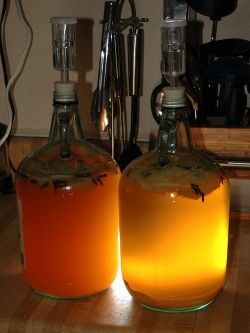
Making mead
Let us start making homemade mead!
Image source:2.bp.blogspot.com
There are a few steps needed for making mead, they are clearly described below. The homemade mead process is fairly simple and will not take up a lot of time or resources.
First step is to sterilize your equipment.
No, men, i mean the tools we use for making mead. Not your "equipment".
We sterilize for many reasons. Hygiene is an obvious one. But we also sterilize because honey is sweet. And sweet things draw many organisms that can ruin the taste of your mead. So take this step seriously. How do i sterilize my meadmaking equipment? I use heat. I do do not like chemicals because they are not good for the body. If you want though, using alcohol or an organic soap is decent, if you want to be super thorough.
Second step is making a must
Must is a meadmaker and winemaker term for unfermented liquid, in our case honeywater.
Honeywater is made from a ratio of honey and water. What amount of honey and its type, as well as the quality of water you use will determine your mead taste.
For honey type, i suggest you experiment. Simple as that.
Water used is best from a well or bottled if you have a quality source (try to get water from a glass bottle, plastic is not good for the taste), but since you do not always have the luxury of such water, in those case use tap water, but if possible let is sit for a day or two in the sun.
We combine the honey and water
(for the ratios, i have recipes below, i want to give you a general view first!). We stir the honey water for a while to get in some oxygen. It is called aerating the must and is done to put more oxygen into your must. The oxygen is needed for the yeast (which we add later) to multiply and ferment your must.
I suggest using a glass container (i generally dislike plastic) to use as a fermentation container. The volume of the container depends entirely up to you. A five gallon one is quite common though (for your first attempts you can always use a small one to not waste so much if something goes wrong, which probably won't).
We add yeast and any other ingredients
These ingredients can be spices, fruits, nuts, depends on what kind of mead you are making (we already covered an extensive list of available meads!).
The yeast we use can be bought specifically for wine/mead making or just yeast (you can even make your own yeast at home). This process is also called adding an activator or simply "pitching the yeast".
Seal the fermentation container/vessel
Once you have poured all the must in your container, added yeast and other ingredients it is time to seal it with an airlock. The airlock is a mechanism that lets the yeast produce carbon dioxide and let it out of the container, while not letting external microorganisms to enter the fermentation container.
After sealed, set your container into a dark room and let it ferment. The best room temperature is around 65 degrees (Farenheit naturally). You do not want it to be too cold, because cold slows down fermentation, while too much heat can hurt the honey (honey is susceptible to heat!).
Aerating the must
You should, especially at the starting days (when the yeast multiply) stir or shake oxygen into the must. It is quite important, since oxygen is needed. I would recommend at least three times a day for three of more minutes.
Careful when opening the must, it can be under pressure, so be gentle or it will spray around (much like a coca-cola shaken, but stronger).
After the must starts to bubble (around day two or three), stop aerateing. Fermentation has begun (alcohol will continue to build up until it overwhelms the yeast or they consume all the nutrients).
Finishing your mead
You know your mead is ready when it stops bubbling madly (it bubbles only once per half a minute or so).
Before bottling your mead you will need to rack it (remove the sediment and maybe add additional ingredients). We do this for example the way we siphon fuel. We put a tube in the must (try to lean it sideways so the sediment concentrates on only one bottom edge) and siphon into a secondary fermentation container/vessel. We can repeat that until the mead has no sediment (if we do not want it, it usually affects the taste of the mead).
This process is also called separating the must from the lees (the product of fermentation, sediment).
Bottling
Mead is transferred into bottles of your choice and corked. Try to avoid exposing it to air as much as possible, since oxygen will impact its taste.
You can age your mead just like you age your wine and other fine drinks.
A glass container - Essential for fermenting mead.
As mentioned before i suggest using a glass container/vessel. Although it needs to be handled a bit more delicately, it does not effect the taste and is safer for the human organism than plastic.
The five gallon variant featured here is cheap and can hold enough for one container.
I would call this the most used container regarding volume.
An airlock - Useful
Although these were not available in the ancient times, i would without a doubt recommend the air lock for mead making.
The airlock keeps the pressure in the container normal by letting out carbon dioxide and does not let any microorganisms in to contaminate the mead.
Yeast for your mead - You can get them here
Yeast are used as an activator to mead fermentation. Use them when your must is in the fermentation container and is well aerated (stirred). A mead activator is a great way of getting your mead to ferment properly without it being dominated by other, less productive microorganisms.
Tips when choosing yeast
- check the alcohol tolerance of the yeast. That will determine your mead alcohol level.
- see the flocculation of the yeast (the rate at which the lees settle and the mead clears)
- see the working temperature of the yeast
- check what effect a specific type of yeast has on your mead taste
A cheap corker - Optional
If you will be bottling your mead, you may also want a corker. The one below is cheap and works just fine for small amounts of mead bottles.






